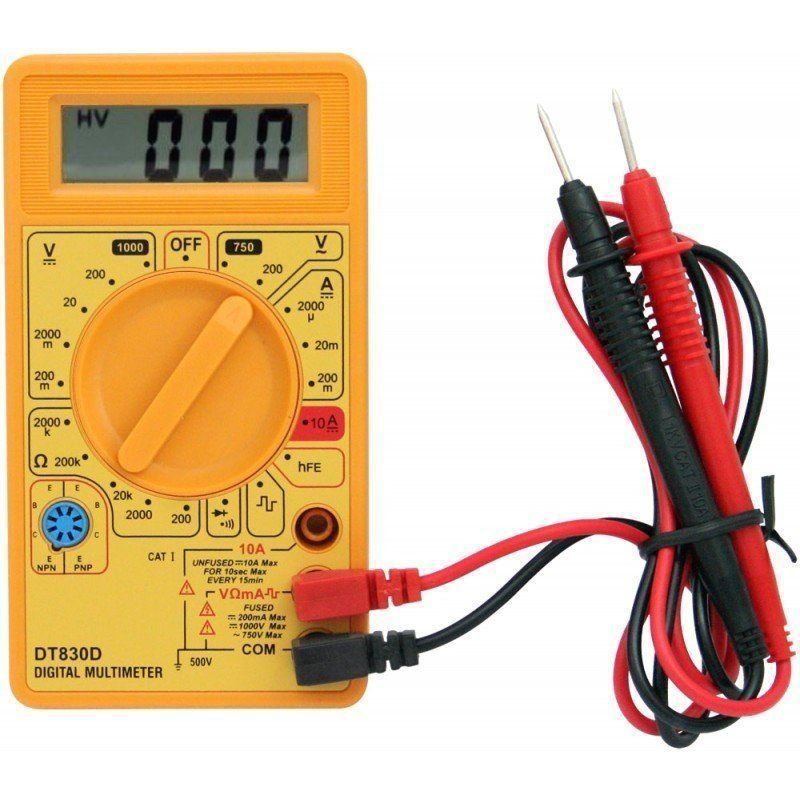I dont know. No one knows. Except for God.
It is not advisable to discharge to 3.5, you must keep 3.6. 3.6 is the nominal voltage. So the battery is bought in the store.
3.6 minimum, 3.8 maximum
It is difficult to charge the battery unless the voltage is raised 0.1 volts (for example) above the current voltage. Immediately after the start of the supply, the battery has such a voltage. After some time, the voltage decreases again to the previous one.
When the voltage stops decreasing, the battery is considered charged to that voltage.
But the "trick" is that the higher the charge current, the longer it takes for the voltage to drop. If the battery is charged with a current of more than "C recommended" (0.1 C and less, 8 hours), it may take so long that the charger will not be able to detect it and will consider it charged. After a couple of days, the battery will discharge to its initial voltage. For example, there will be 3.6 volts.
To avoid this, it must be charged with a current of 0.1C or less, regardless of its internal resistance. After disconnecting (!) from the charger, its voltage should be desired. For example, 3.8 volts. This voltage should not drop quickly. Measure it after several (2-5) days. If it is initial (for example 3.6 volts), then it is necessary to reduce the charge current by 2 times. If at a charge current of 0.01 C (for example, 20 milliamperes with a capacity of 2000 milliampere hours), the voltage drops after several (2-5) days (or less) to initial 3.6 volts and below, you need to discard the battery and buy a new battery.
0.01 C is used by manufacturers to indicate (mark) the maximum capacity. Charging with 0.01C and discharging with the same current, guarantee the maximum capacity.
This is not suitable for practical use, but may be suitable for storage.


